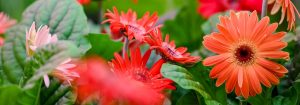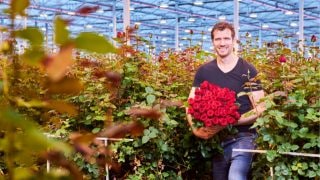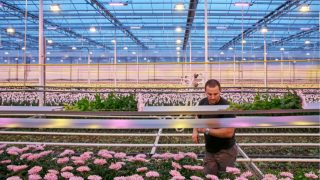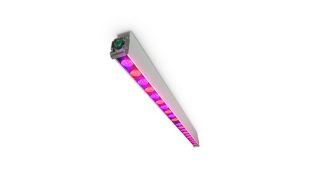The trials confirmed that the relationship between warmth and electricity in the greenhouse climate changes with the use of LED lighting. In the greenhouses with HPS lighting, the radiant heat from the HPS modules gradually warms up the crops. This warmth is needed to maintain the right balance between the crop temperature and amount of light. In the LED greenhouses, heated pipes were used to create extra heat. Even though natural gas was used to generate the extra heat in the LED greenhouse, the energy costs were the same as for the HPS greenhouse.
However, growers who lack extra electrical capacity stand to gain the most from LED lighting. They can use less energy to increase lighting levels and lighting hours with LEDs compared to HPS. An extra advantage is that heating and lighting can be separately controlled. The hypothesis that more Botrytis would develop with LEDs was proven to be unfounded. The researchers concluded that both hybrid, HPS, and full LED lighting systems can be used to produce the same quality and yield of gerberas without extra Botrytis.






